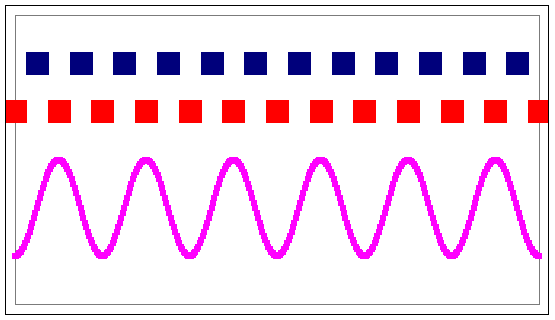

A coherent optical processor lets us analyze an image and synthesize the image with various modification by optical means. Illuminating an image with coherent light, we can manipulate its Fourier transform in the frequency plane of the optical processor. We can spatially filter different spatial frequencies, or change the phase of certain frequencies to suppress or enhance features in the synthesized image.
Digital image processing lets us perform operations such as Fourier transformations and filtering on a digitized image, consisting of a rectangular array of numbers. Each number represents one picture element or pixel.
A big advantage of digital over optical image processing is that computer can perform these operations on images formed with incoherent light. In addition, computer can store sequential frames for later analysis.
There are many non-linear filtering processes that cannot be performed by a coherent optical processors but can be performed by a digital processor. They include
|
Noise reduction | |
|
Contrast enhancement | |
|
Single pixel operations | |
|
Cross-correlation filtering |
Digitized image are sampled a certain frequency. High frequency features in an image cannot be reliably reproduced unless the sampling frequency is more that twice the frequency of the signal. The spatial period of the features must be larger than twice the spacing between pixels.
Imaging by a discrete array is shift variant. A small change in the position of the image can cause a change in appearance.

Consider the sinusoidal intensity signal above (pink), being imaged by two different pixel arrays (red and blue. Both arrays have the same pixel spacing. The red array is in phase with the signal and the intensity variations can be resolved. The blue array is exactly out of phase with the signal and registers uniform intensity.
![]()
Links: